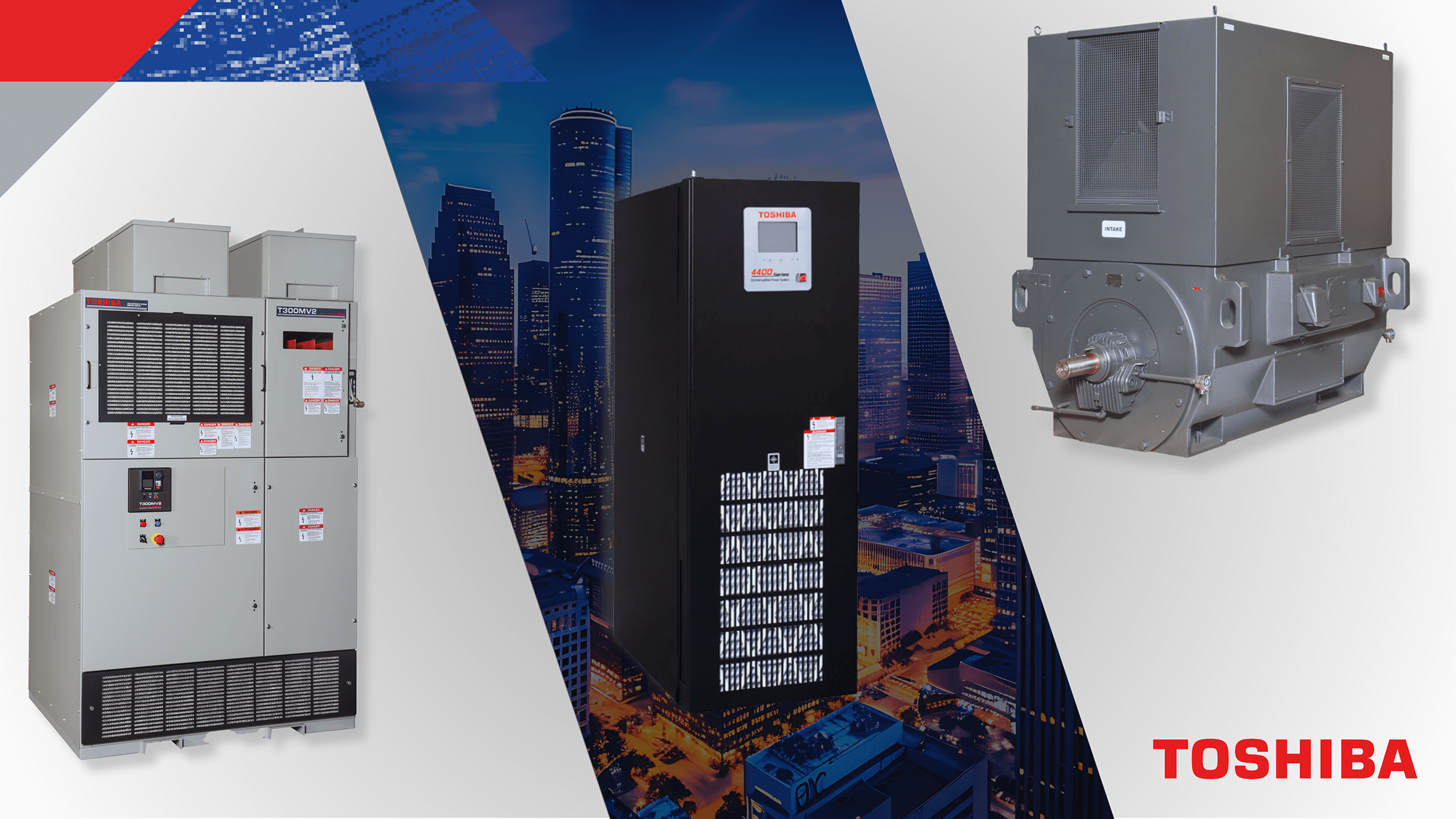Makes sense Sunking.
Perhaps better Troyan FLA and replacing few times or like Mike NIFE.
After so many years lead acid is still the best option then...???
Nevertheless, i will order few cells more to get 5s just for a try out. Not a so big risk for a gamble.
Perhaps better Troyan FLA and replacing few times or like Mike NIFE.
After so many years lead acid is still the best option then...???
Nevertheless, i will order few cells more to get 5s just for a try out. Not a so big risk for a gamble.

Comment